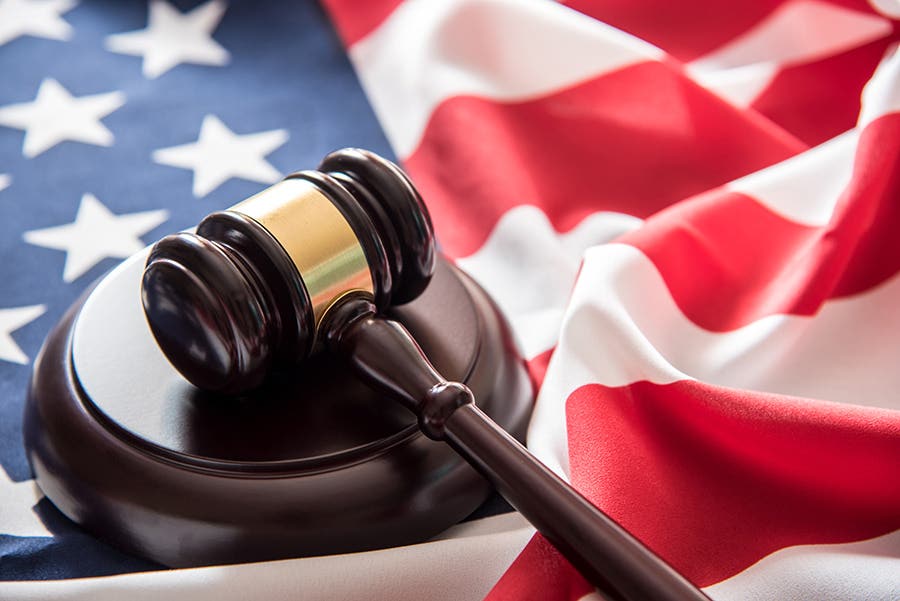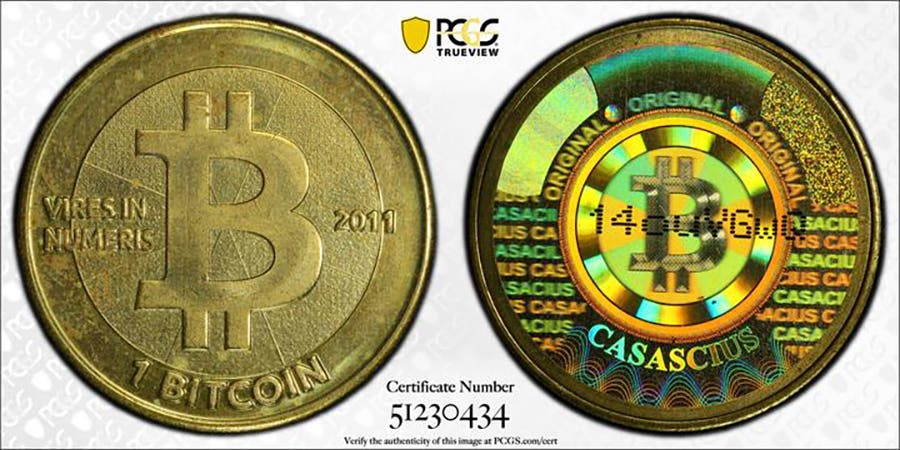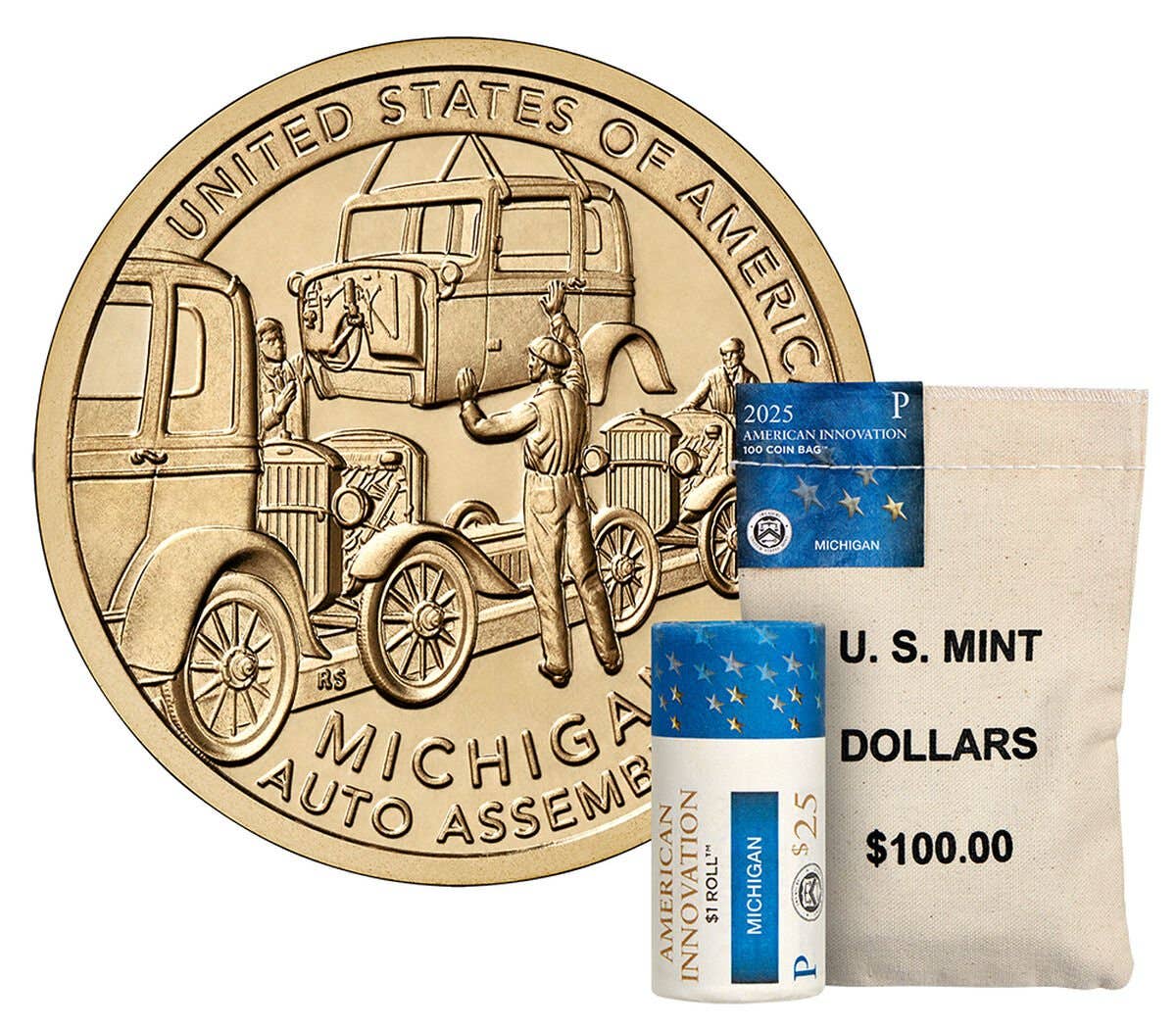Indiana Government Updates Sales Tax Exemption
The April 2023 update of Indiana’s Sales Tax Information Bulletin #50 had at least one technical error and possibly confusion over the application of the term “legal tender.”
My column on April 28, 2023, was titled “Indiana Government’s Confusion Over Sales Tax Exemption.”
As a result of Indiana enacting a precious metals bullion and coin sales tax exemption in 2016, the Indiana Department of Revenue issued Sales Tax Information Bulletin #50. The April 2023 update of the Bulletin had at least one technical error and possibly confusion over the application of the term “legal tender” as to what qualified for the sales tax exemption.
My column was brought to the attention of the Indiana Department of Revenue staff, and the individual who wrote this Bulletin contacted me. Our conversations were mutually informative, leading to the October 2023 update of Bulletin #50.
The government’s current interpretation of what qualifies for a sales and use tax exemption in Indiana is either 1) coins and precious metals bullion that would qualify for inclusion in a precious metals Individual Retirement Account (IRA) whether or not such asset was acquired by an IRA, or 3) any U.S. government-issued coins or currency that have legal tender status, or 3) and foreign-government issued legal tender coins and currency acquired substantially at face value.
The bulletin includes a long table of precious metals, bullion, coins, and currency to indicate whether it does or does not qualify for the sales and use tax exemption. In the previous edition of this Bulletin, for example, the table did not include the U.S. palladium Eagle coins on the list of exempt coins. The earlier edition also only named U.S. Federal Reserve Notes as being exempt, but this version affirmatively states that all U.S. legal tender currency is exempt.
There was one area of difference of opinion on interpreting the definition of “legal tender” where I was not able to persuade the employee that the term included all globally issued legal tender, not just U.S. issues. When we reviewed the language of other state sales tax exemption legislation, they each affirmatively stated U.S. and foreign legal tender issues qualified for the exemption. The Indiana statute merely states “legal tender.”
I was involved in the effort to obtain Indiana’s precious metals bullion, coin, and currency sales tax exemption, including testifying before a legislative committee. At the time, all advocates considered that the term of legal tender in the bill included both U.S. and foreign issues. However, since this was not spelled out in detail in the statute, that left open the option for the Indiana Department of Revenue to proclaim that the exemption only applied to U.S.-issued legal tender. It is possible that a suit could be brought challenging that interpretation, but the cost of doing so and the uncertainty of the result argue against it.
I appreciate the effort taken by the Indiana Department of Revenue to correct and clarify their application of the statute. The current version still contains one typographical omission, though. At the bottom of page 9 in the table, where it lists the Mexican Libertad Bullion Gold Coins minted in 1991 or later, neither “Yes” nor “No” is checked for whether these coins are exempt from sales and use tax. However, the explanation in the next column makes it clear that these issues are exempt because they qualify for inclusion in a precious metals IRA.
Collaborating with the staff at the Indiana Department of Revenue on this project is one of my functions as the volunteer Industry Issues Advisor for the National Coin & Bullion Association.
Answer to the Previous Trivia Question
Last week, I asked: Which U.S. coin features the name of a foreign business on it?
The answer is the 1925 Fort Vancouver Centennial commemorative half dollar. At the bottom of the reverse of the coin, it reads “Hudson’s Bay Company,” the Toronto, Ontario, Canadian-headquartered company that was founded by a British royal charter in 1670 and still exists today as a privately owned company. Hudson’s Bay Company established Fort Vancouver on the Columbia River in what is now the state of Washington in 1825 as the company’s regional headquarters.
The Vancouver coin has multiple other bits of numismatic trivia associated with it. Laura Gardin Fraser prepared the models for the coin and was also the designer of the obverse of the current Washington Quarters honoring American Women. It was struck exclusively at the San Francisco Mint but does not bear the “S” mintmark. It was the first U.S. coin issue to be delivered by airplane.
This Week’s Trivia Question
Which current U.S. currency depicts someone who was not born in what is now the United States of America? Come back next week for the answer.
Patrick A. Heller was honored as a 2019 FUN Numismatic Ambassador. He is also the recipient of the American Numismatic Association 2018 Glenn Smedley Memorial Service Award, 2017 Exemplary Service Award, 2012 Harry Forman National Dealer of the Year Award, and 2008 Presidential Award. Over the years, he has also been honored by the Numismatic Literary Guild (including twice in 2020), the Professional Numismatists Guild, the Industry Council for Tangible Assets, and the Michigan State Numismatic Society. He is the communications officer of Liberty Coin Service in Lansing, Mich., and writes “Liberty’s Outlook,” a monthly newsletter on rare coins and precious metals subjects. Past newsletter issues can be viewed at www.libertycoinservice.com. Some of his radio commentaries titled “Things You ‘Know’ That Just Aren’t So,” and “Important News You Need To Know” can be heard at 8:45 a.m. Wednesday and Friday mornings on 1320-AM WILS in Lansing (which streams live and becomes part of the audio archives posted at www.1320wils.com).
You may also like:








